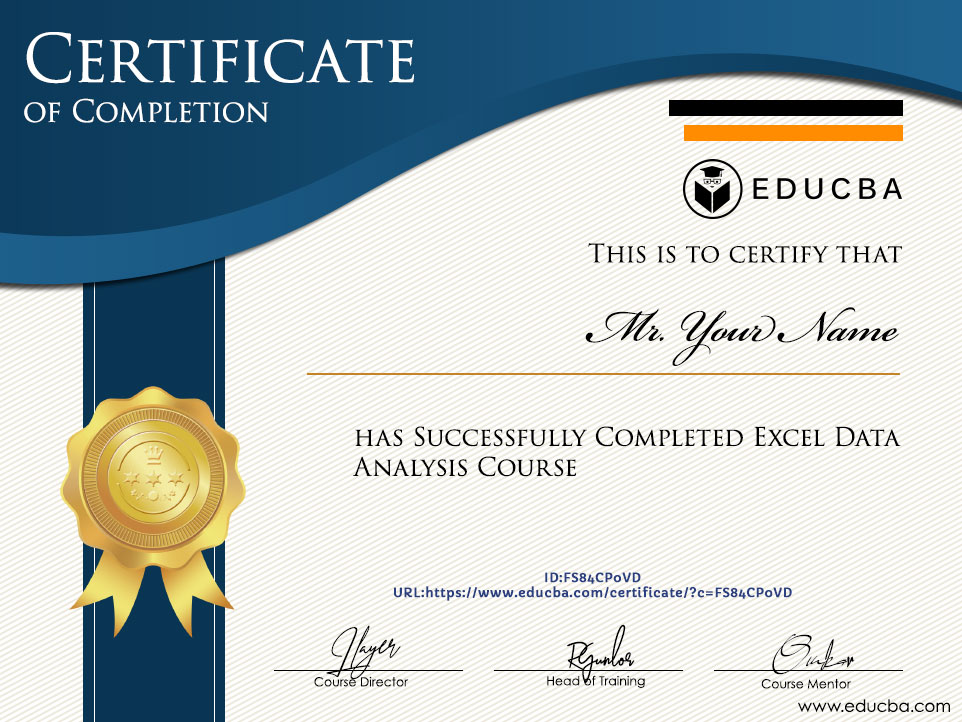
Your role as a data-analyst is to reduce uncertainty for decision-makers by a financially valuable increment, while quantifying how much uncertainty remains. The second big idea this course seeks to demonstrate is that your data-analysis results cannot and should not aim to eliminate all uncertainty. The two models should demonstrate to you in a practical, hands-on way the idea that your choice of business metric drives your choice of an optimal model. Your first model will focus on minimizing default risk, and your second on maximizing bank profits. In the Final Project (module 6) you will assume the role of a business data analyst for a bank, and develop two different predictive models to determine which applicants for credit cards should be accepted and which rejected. This course will prepare you to design and implement realistic predictive models based on data. We use Excel to do our calculations, and all math formulas are given as Excel Spreadsheets, but we do not attempt to cover Excel Macros, Visual Basic, Pivot Tables, or other intermediate-to-advanced Excel functionality. Prior knowledge of Microsoft Excel, although advantageous, is not necessary.Important: The focus of this course is on math - specifically, data-analysis concepts and methods - not on Excel for its own sake. Minimum Entry Requirements / Assumed Skills and Knowledgeīasic computer skills. Public Service Officer, Managers, Administrative Officers, Executives and general public Practicing a list of tasks that help hone data analysis skills in generating required information.Using Scenario Manager for reporting different scenarios. Introducing multi-table PivotTables and data model.Adding Slicers and Timelines for interactive display.Creating dashboards using PivotCharts for visual presentation.Creating PivotTables to analyze worksheet data.Using Sparklines.īuilding Dashboard using PivotTables and PivotCharts Tapping into real data from the Internet for business analysis.Using statistical functions and formulae.Preparing data using text manipulation.Getting external data from various sources.

Skills in using Excel What-If Analysis and Data Analysis tools for generating different scenarios of business environment and aiding decision making. The ability to build dashboards using PivotTables and PivotCharts.

Knowledge in chart generation and interpretation. The ability to gather data and organize the data for analysis in business.
Data analysis with excel course how to#
You will learn how to import data from various sources, merge data and organize them for visual presentation, and analyze the data to gain insights to support decision making.Īn understanding of how to apply most commonly used statistical and lookup functions. This fundamental data analysis course is designed to equip you with relevant Excel skills for the purpose of analyzing data in business applications. Have you ever wondered how you could generate relevant information and gain insights from your data using Excel 2016? Become an Excel power user and increase your job efficiency by equipping yourself with emerging data analysis skills.


 0 kommentar(er)
0 kommentar(er)
